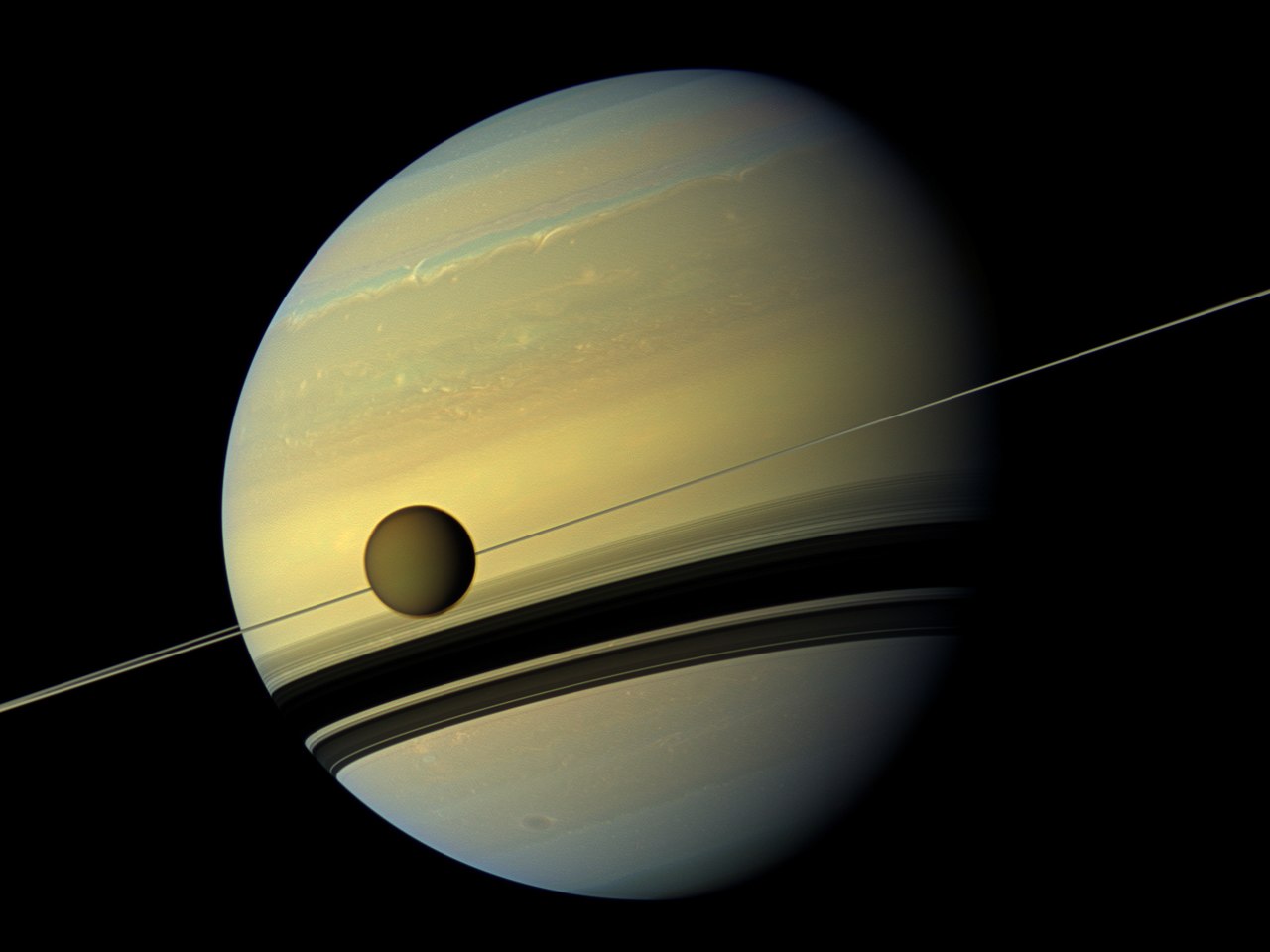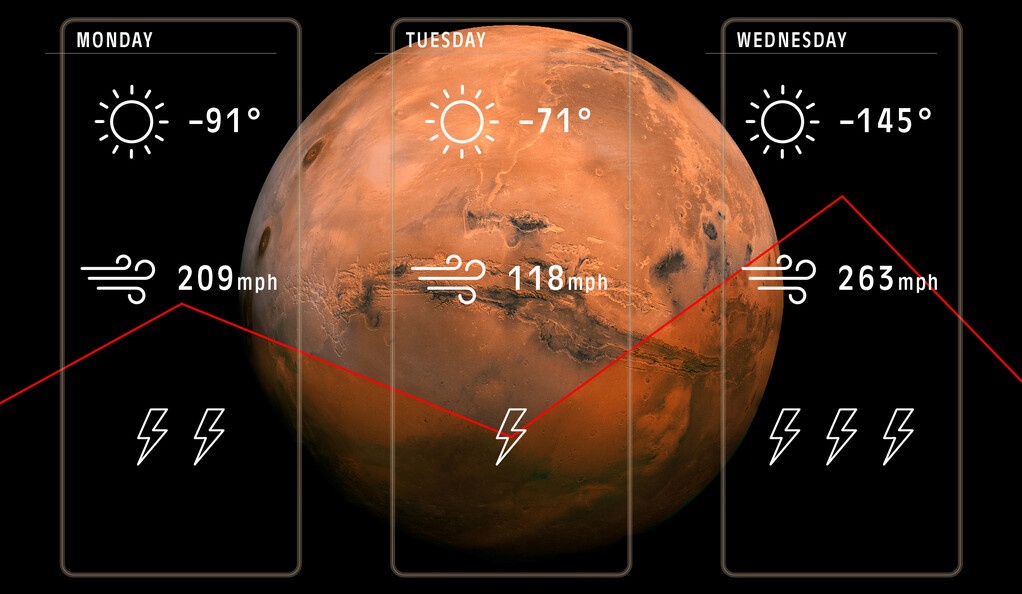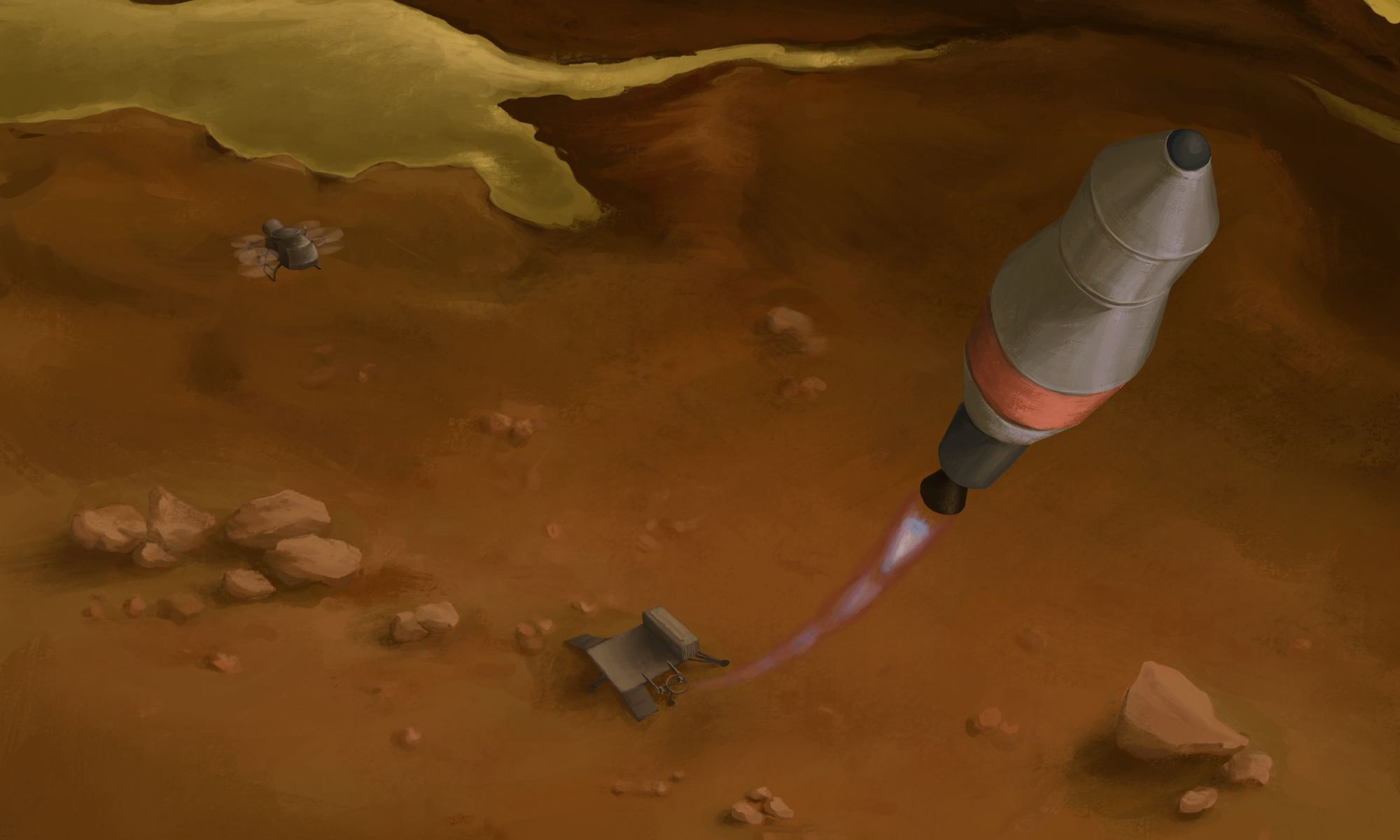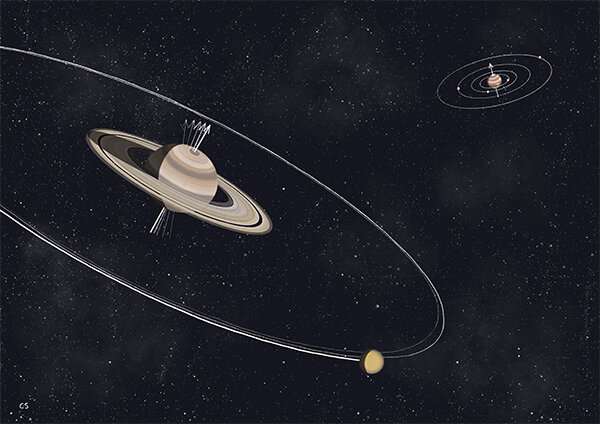Titan has become a center of increasing attention as of late. Discoveries from Cassini have only increased interest in the solar system’s second-largest moon. Liquid on its surface has already prompted one upcoming mission – the Dragonfly drone NASA plans to launch in the mid-2030s. Now a team of dozens of scientists has put their names behind a proposal to ESA for a similar mission. This one is called POSEIDON and would specialize in exploring some of TItan’s methane lakes.
Continue reading “A Mission to Explore the Methane Lakes on Titan”A map of River Beds on Titan for Dragonfly to Explore
Explorers either have the benefit of having maps or the burden of creating them. Similarly, space explorers have been building maps as they go, using all available tools. Those tools might not always be up to the task, but at least something is better than nothing. Now, a new map of an exploration destination has emerged – a map of the river valleys of Titan.
Continue reading “A map of River Beds on Titan for Dragonfly to Explore”Did Titan Give Saturn its Tilt?
Giant planets like Saturn don’t just tilt over all by themselves: something has to knock them over, or tug on them gravitationally, to push them off axis. Scientists expect that when new planets are born, they form with almost no tilt at all, lining up like spinning tops, with their equators level to the orbital plane in which they circle around their sun.
But no planet in our solar system is perfectly level. Jupiter is the closest, boasting an obliquity (tilt) of just 3.12 degrees. Earth’s obliquity is much more substantive at 23.45 degrees, causing us to experience an annual cycle of seasons as our homeworld wobbles on its axis. Saturn’s tilt is more extreme yet, with an obliquity of 26.73 degrees (though it’s nowhere near as extreme as Uranus, which is practically sideways, spinning at a 97.86-degree angle to its orbital plane).
We can learn a lot from these obliquities.
Continue reading “Did Titan Give Saturn its Tilt?”Accurately Forecasting the Weather on Mars and Titan
Even meteorologists who forecast the weather on Earth admit that they can’t always accurately predict the weather at a specific location on our planet any given time. And so, attempting to forecast the atmospheric conditions on another world can be downright impossible.
But a new study suggests that an oft-used forecasting technique on Earth can be applied to other worlds as well, such as on Mars or Titan, Saturn’s largest moon.
Continue reading “Accurately Forecasting the Weather on Mars and Titan”Dragonfly Mission has Some Ambitious Science Goals to Accomplish When it Arrives at Titan
As any good project manager will tell you, goals are necessary to complete any successful project. The more audacious the goal, the more potentially successful the project will be. But bigger goals are harder to hit, leading to an increased chance of failure. So when the team behind one of NASA’s most unique missions released a list of goals this week, the space exploration world took notice. One thing is clear – Dragonfly will not lack ambition.
Continue reading “Dragonfly Mission has Some Ambitious Science Goals to Accomplish When it Arrives at Titan”A Titan Mission Could Refuel on Site and Return a Sample to Earth
This decade promises to be an exciting time for space exploration! Already, the Perseverance rover landed on Mars and began conducting science operations. Later this year, the next-generation James Webb Space Telescope, the Double Asteroid Redirection Test (DART), and Lucy spacecraft (the first mission to Jupiter’s Trojan asteroids) will launch. Before the decade is out, missions will also be sent to Europa and Titan to extend the search for signs of life in our Solar System.
Currently, NASA’s plan for exploring Titan (Saturn’s largest moon) is to send a nuclear-powered quadcopter to explore the atmosphere and surface (named Dragonfly). However, another possibility that was presented this year as part of the NASA Innovative Advanced Concepts (NIAC) program is to send a sample-return vehicle with Dragonfly that could fuel up using liquid methane harvested from Titan’s surface.
Continue reading “A Titan Mission Could Refuel on Site and Return a Sample to Earth”Titan’s Atmosphere Recreated in an Earth Laboratory
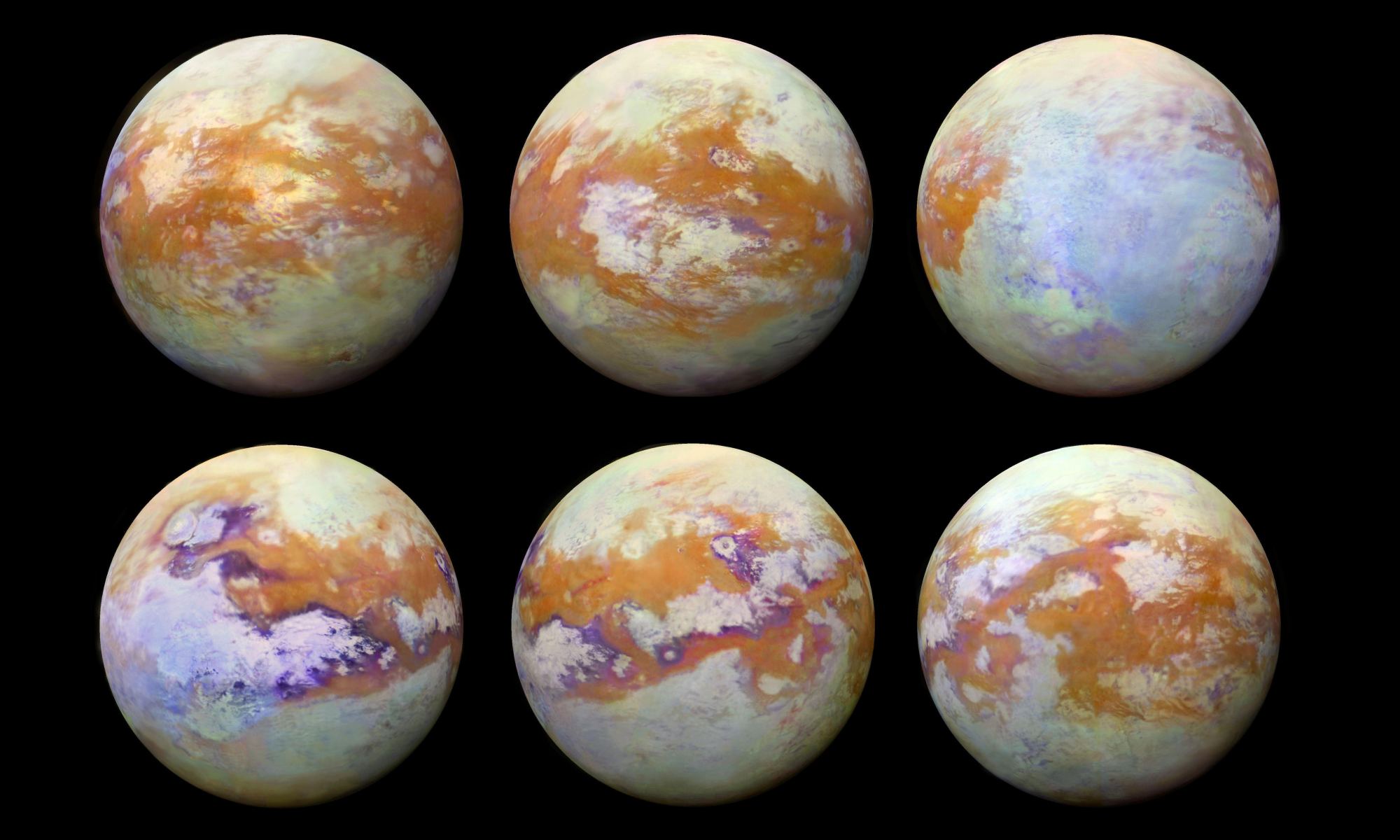
Beyond Earth, the general scientific consensus is that the best place to search for evidence of extraterrestrial life is Mars. However, it is by no means the only place. Aside from the many extrasolar planets that have been designated as “potentially-habitable,” there are plenty of other candidates right here in our Solar System. These include the many icy satellites that are thought to have interior oceans that could harbor life.
Among them is Titan, Saturn’s largest moon that has all kinds of organic chemistry taking place between its atmosphere and surface. For some time, scientists have suspected that the study of Titan’s atmosphere could yield vital clues to the early stages of the evolution of life on Earth. Thanks to new research led by tech-giant IBM, a team of researchers has managed to recreate atmospheric conditions on Titan in a laboratory.
Continue reading “Titan’s Atmosphere Recreated in an Earth Laboratory”Saturn Got Its Tilt From Its Moons
One of the fundamental tenets of physics is that two objects, now matter how different their size, exert a force on each other. In most cases the size makes a big difference, with the larger objects enacting a much greater force on the smaller one.
However, over long periods of time, even much smaller objects can have an effect on the larger object in the pair. Recently a team of researchers from CNRS, the Sorbonne, and the University of Pisa have found an example of the smaller object, or in this case group of objects, having an outsized impact on the larger one. They have discovered that Saturn’s moons actually caused its famous tilt.
Continue reading “Saturn Got Its Tilt From Its Moons”Titan’s Atmosphere Has All the Ingredients For Life. But Not Life as We Know It

Using the Atacama Large Millimeter/submillimeter Array (ALMA), a team of scientists has identified a mysterious molecule in Titan’s atmosphere. It’s called cyclopropenylidene (C3H2), a simple carbon-based compound that has never been seen in an atmosphere before. According to the team’s study published in The Astronomical Journal, this molecule could be a precursor to more complex compounds that could indicate possible life on Titan.
Similarly, Dr. Catherine Neish of the University of Western Ontario’s Institute for Earth and Space Exploration (Western Space) and her colleagues in the European Space Agency (ESA) found that Titan has other chemicals that could be the ingredients for exotic life forms. In their study, which appeared in Astronomy & Astrophysics, they present Cassini mission data that revealed the composition of impact craters on Titan’s surface.
Continue reading “Titan’s Atmosphere Has All the Ingredients For Life. But Not Life as We Know It”Impatient? A Spacecraft Could Get to Titan in Only 2 Years Using a Direct Fusion Drive
Fusion power is the technology that is thirty years away, and always will be – according to skeptics at least. Despite its difficult transition into a reliable power source, the nuclear reactions that power the sun have a wide variety of uses in other fields. The most obvious is in weapons, where hydrogen bombs are to this day the most powerful weapons we have ever produced. But there’s another use case that is much less destructive and could prove much more interesting – space drives.
Continue reading “Impatient? A Spacecraft Could Get to Titan in Only 2 Years Using a Direct Fusion Drive”


